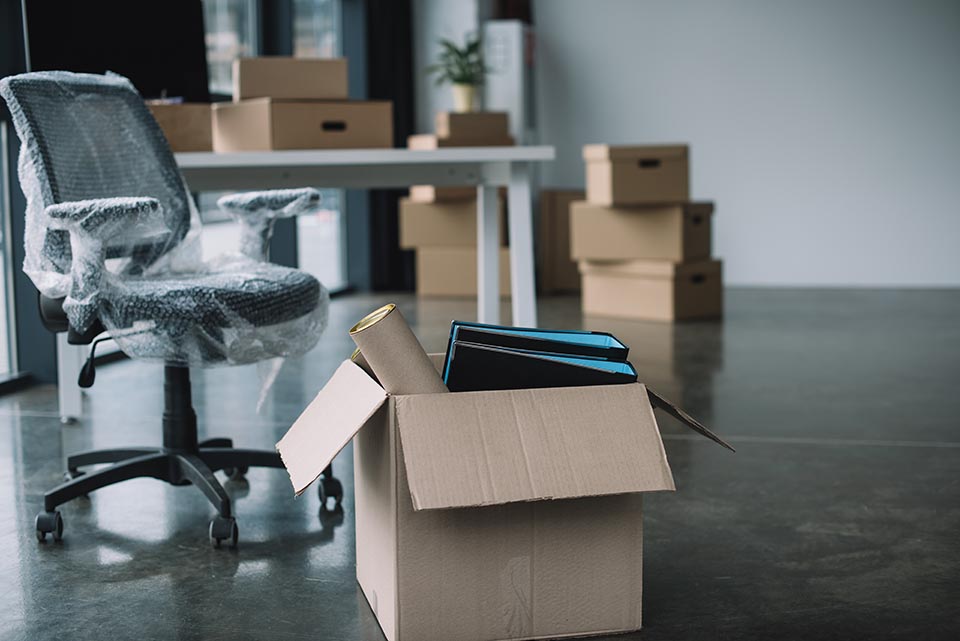The US Department of Labor is working to create a database that Americans can use to find out if they are missing retirement benefits due to forgotten accounts. This comes as part of its effort to combat auto-portability, where workers cannot transfer their accounts totaling up to $7,000 from one plan administrator to another.
The database would also take into account when balances are higher. As opposed to automatic shifting that money around, the tax code requires employers to keep those balances in the plan, frozen in time with the same mix of investments, unless the worker actively opts to make adjustments.
This is unfortunate for investors seeking a balanced approach. A forgotten account designed with aggressive returns when a worker is young could be losing money if they return to the account near the end of their career.
The biggest issue arises when an employee’s contact information changes and their former employer has difficulty contacting them to let them know they have unclaimed retirement benefits. This can cause a prolonged, costly search from the employer’s side that may not yield any results.
Carol Buckmann, an employee benefits attorney and co-founder of the firm Cohen & Buckmann PC., argues that a database is “only going so far” to fix the problem. It would require workers to have their records up-to-date and up-to-date knowledge of their former employer or account recordkeeper.
The SPARK Institute is looking into ways to integrate distributed-ledger blockchain technology with worker accounts, so the unique identifiers like a Social Security number can follow an employee throughout their career without the need for intrusive searches at retirement.
Meanwhile, Spencer Williams of the Portability Services Network hopes his network can bolster a Labor Department database by weaving in improved record-keeping communication technologies to track a worker’s retirement savings from their first job to their last.
State governments have also become involved by managing unclaimed property bureaus that handle financial assets and try to return them to their rightful owners. The ERISA Advisory Council proposed guidance for this in a 2019 report, and Shaun Snyder of the National Association of State Treasurers has been in contact with regulators ever since.
State bureaus can take retirement plan distributions that have not been cashed out. With better access to databases, unclaimed property bureaus, and improved communication technologies, the Department of Labor hopes to eventually help workers find their retirement benefits. That way, they can get back every penny they worked hard for and start planning for their future.
To that end, the Department of Labor is making sure they take all the necessary steps so Americans can easily access their retirement savings and ensure a more secure financial future. Once in place, these new solutions will help millions of workers across the country gain peace of mind—and secure their futures for years to come.
REFERENCES:
SECURE 2.0 Law Aims to Reconnect You With Your Long-Lost 401(k)









































